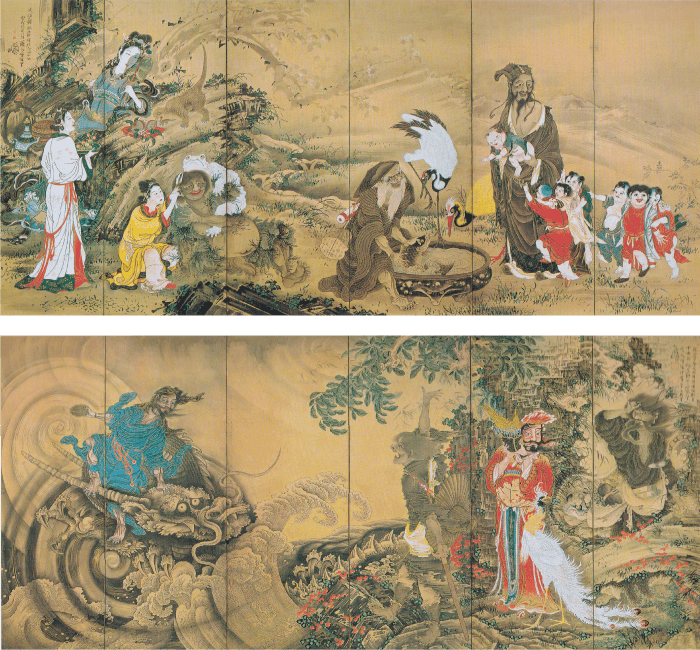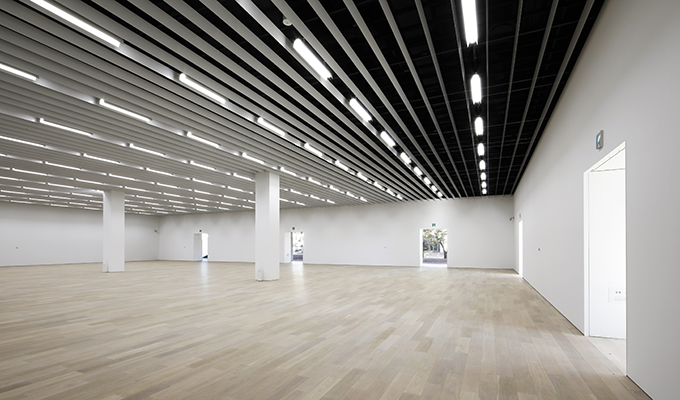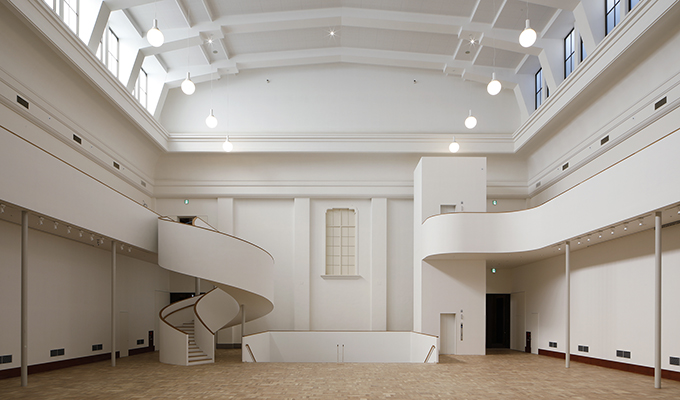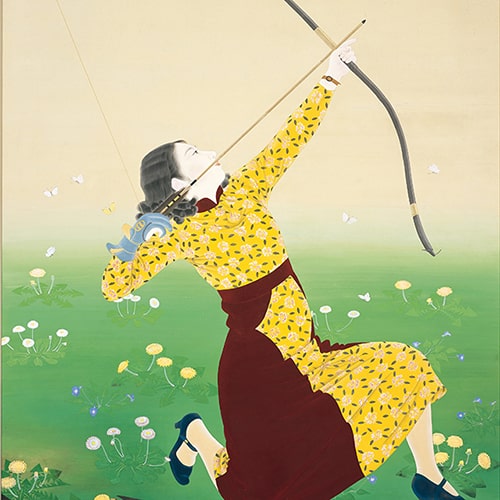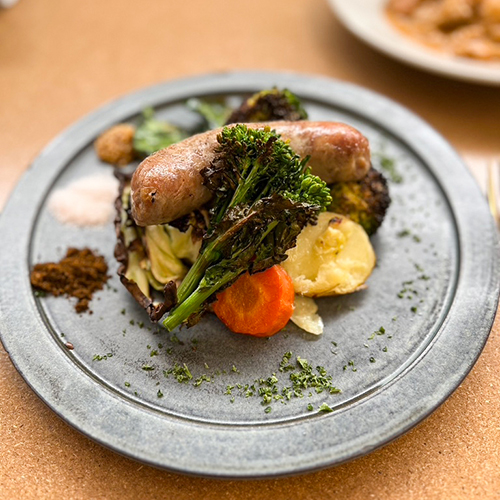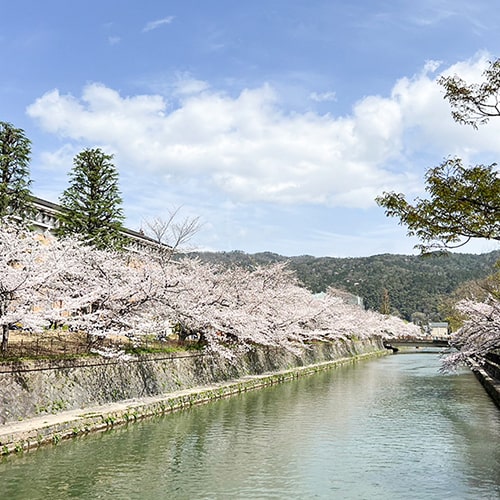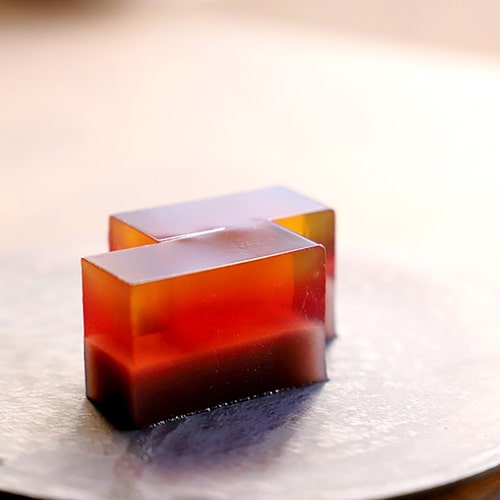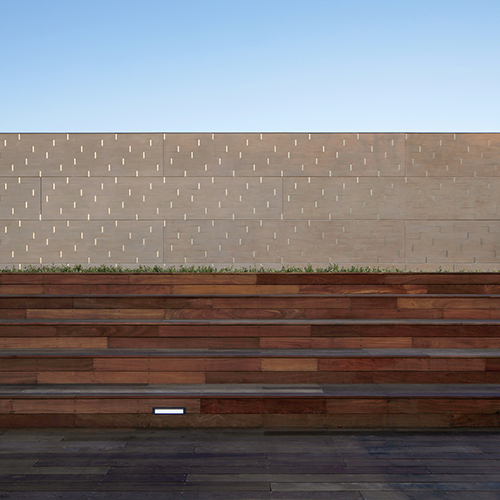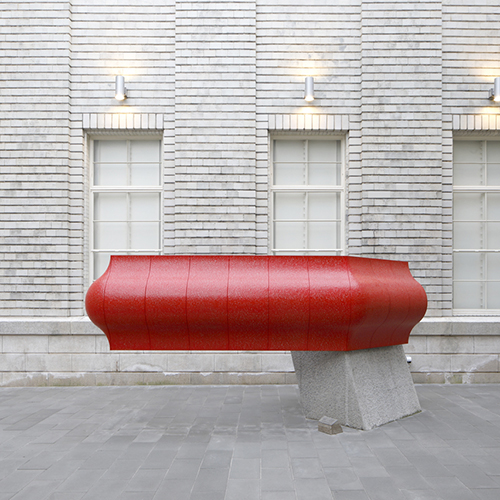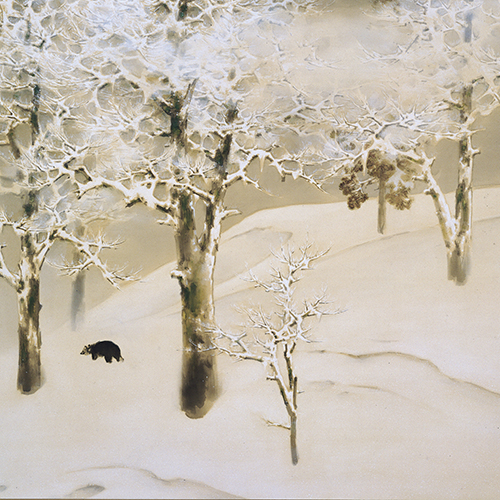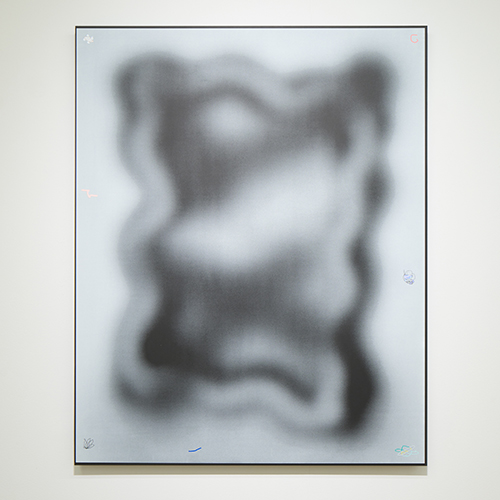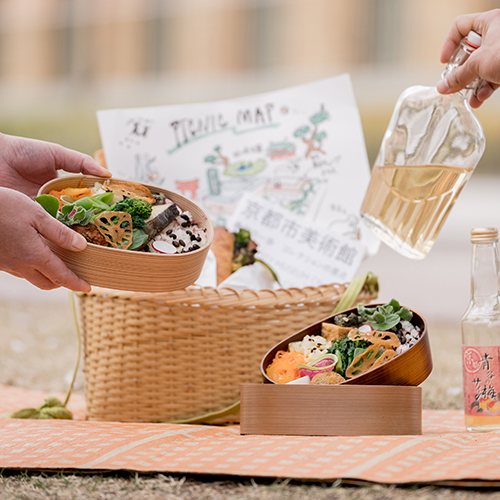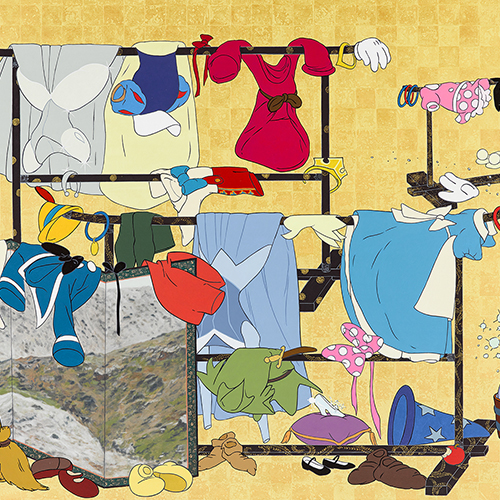The Kyoto City KYOCERA Museum of Art Inaugural Exhibition
250 Years of Kyoto Art Masterpieces
Origins of the Collection
2020/6/2-2020/9/6
Venue [ Main Building(North Wing)1F ]
-
About the Exhibition

Nakamura Daizaburo Piano(detail) 1926
Collection of the MuseumThe Kyoto City KYOCERA Museum of Art originally opened in 1933 as the Kyoto Enthronement Memorial Museum of Art. In 2019, it marked 86 years as a leading Japanese public art museum. The inaugural exhibition commemorating the opening of the renovated Museum in 2020 is a comprehensive survey of Kyoto Art. It presents an unprecedented number of masterpieces from the Museum collection and from a number of other collections in Japan.
The exhibition features over 400 masterpieces culled from 250 years of Kyoto Art. It will be presented in three segments starting with the flourishing of Kyoto Art in the late Edo Period, predating the Meiji Restoration (1868) by 100 years, with works by artists such as Ito Jakuchu, Yosa Buson, Ike no Taiga, Soga Shohaku, Maruyama Okyo, Matsumura Goshun, and Nagasawa Rosetsu. The second segment highlights artists such as Takeuchi Seiho, Uemura Shoen, Tsuchida Bakusen, and Murakami Kagaku, all of whom enriched the Kyoto art scene in pace with Tokyo from the Meiji (1868–1912) through the Showa (1926–1989) periods. Finally, representative post-war and contemporary nihonga (Japanese-style painting) painters, innovators who carried on traditions, including Ono Chikkyo, Fukuda Heihachiro, Domoto Insho, and Ikeda Yoson are introduced, along with craftsmen from the same time, Western-style painters and sculptors from Meiji to the present, and contemporary artists.

Nakamura Daizaburo Piano(detail) 1926
Collection of the MuseumInformation
- Period
- Origins of the Collection
June 2 (Tue) – Sep. 6 (Sun), 2020
【Postponed】
Part 1: From Edo to Meiji—Embracing Modernity
TBD
Part 2: From Meiji to Showa—The Golden Age of Kyoto Painting
TBD
Part 3: From Post-war to Today—to the Future
TBD
*Part 3, Main Building North Wing 1st and 2nd Floors - Venue
- Main Building(North Wing)1F
-
Organizer: Organizer: The Kyoto City KYOCERA Museum of Art Inaugural Exhibition “250 Years of Kyoto Art Masterpieces” Executive Committee (The City of Kyoto, The Asahi Shimbun, The Kyoto Shimbun, The Sankei Shimbun, Nikkei Inc., The Mainichi Newspapers, The Yomiuri Shimbun, Japan Broadcasting Corporation Kyoto Station, Mainichi Broadcasting System, Inc., Kyoto Broadcasting System Company Limited, Asahi Television Broadcasting Corporation, Television Osaka, Inc., KANSAI TELEVISION CO. LTD., Yomiuri Telecasting Corporation)
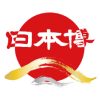

- Supported by the Agency for Cultural Affairs Government of Japan in the fiscal 2020
-
【Cancelled】Prologue: Origins of the Collection
Mar. 21 (Sat) – Apr. 5 (Sun), 2020
Nakamura Daizaburo Piano(detail) 1926
Collection of the MuseumThis special renewal project presents 47 works that were shown in the 1935 Kyoto Municipal Art Exhibition and became the foundation of the Museum collection. Reconstructing the ‘first steps’ of the Museum collection 86 years ago gives us an opportunity to look forward, along with exhibition viewers, to our vision of the future.

Nakamura Daizaburo Piano(detail) 1926
Collection of the Museum【Postponed】Part 1: From Edo to Meiji—Embracing Modernity
TBD – Jun. 14 (Sun), 2020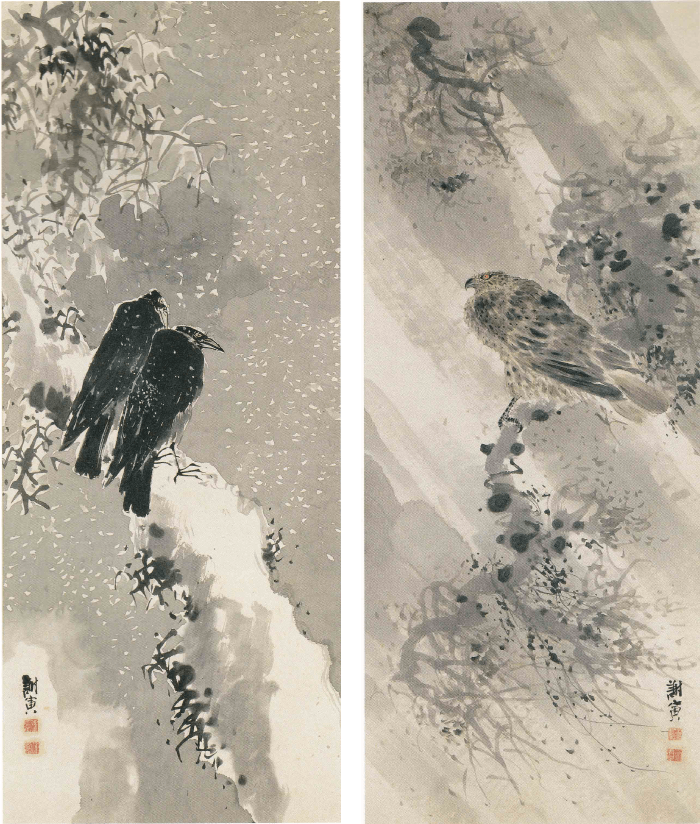
Yosa Buson Kite and Crows Edo Period
Collection of Kitamura Museum Important Cultural PropertyThis segment introduces Maruyama Okyo’s naturalist painting and Yosa Buson’s literati painting as the pinnacle of Kyoto Edo Period art and source of ‘leap to modernity’ trends in the Kyoto art world. Following the Meiji Restoration and a release from late Edo Period social and economic distress, the Kyoto art world could embark on a new beginning. We introduce the transition in Kyoto Art by looking back on processes of modernization that spanned from the Edo Period to the Meiji Period.

Yosa Buson Kite and Crows Edo Period
Collection of Kitamura Museum Important Cultural PropertyPart 2: From Meiji to Showa—The Golden Age of Kyoto Painting
Jul. 11 (Sat) – Sep. 6 (Sun), 2020This segment introduces various developments that ushered in the golden age of Kyoto painting and allowed Kyoto painting to flourish from the Meiji to the pre-war period. The nihonga paintings of Takeuchi Seiho and his ilk set a standard of Kyoto art distinct from the art of Tokyo. The National Creative Painting Association formed by a generation of young artists was inspired by Western modern art.
Kiyomizu Rokubei V was in the forefront of the movement emphasizing individuality and artistic freedom. Yanagi Soetsu’s Folkcraft Movement started in Kyoto, with Kawai Kanjiro and others participating. In Western style painting, Asai Chu and Kitawaki Noboru came on the scene. The featured works will offer a deep understanding of the interweaving of orthodox tradition and innovation in Kyoto Art.Part 3: From Post-war to Today—to the Future
Oct. 3 (Sat) – Dec. 6 (Sun), 2020This segment reviews the effect of World War II defeat and changes in post-war values on nihonga and traditional crafts and introduces various developments and trends in contemporary Kyoto Art that appeared from the 1960s to the present. Young nihonga painters established associations such as Sozobijutsu (later Sogakai) and the Pan-real Art Association (Pan Riaru Bijutsu Kyokai) to explore new modes of expression. In the 1980s the Yoko-no-Kai group dispensed with nihonga factionalism to carve out new directions. In crafts and Western painting as well, young artists struggled to reconcile traditional and new forms of expression. Their works tended to be oriented towards social themes. It is here that we can discern the image of Kyoto Art confronting the future.
-
While ‘Kyoto Art’ is commonly envisioned as nihonga painting, there are in fact many outstanding craft works as well. The relationship between nihonga and craft, and the continuation of traditions of beauty in new media, is of interest. How did Western style painting and sculpture that began with the Meiji Period relate to Kyoto nihonga and crafts? In the currents of the post-war period to the present, how did Kyoto Art honor traditions while introducing innovation? The exhibition seeks to present Kyoto Art as a comprehensive and coherent whole, instead of separating individual fields as has been generally common in the past.
As part of Japan Cultural Expo organized by the Agency for Cultural Affairs, the exhibition is privileged to have the support and cooperation of important Japanese institutions including The Museum of the Imperial Collections (Sannomaru Shozokan), Tokyo National Museum, Kyoto National Museum, The National Museum of Modern Art, Tokyo, The National Museum of Modern Art, Kyoto and The University Art Museum – Tokyo University of the Arts, making it possible to appreciate many representative works of Kyoto Art housed in Tokyo and other collections and not often seen in Kyoto.

